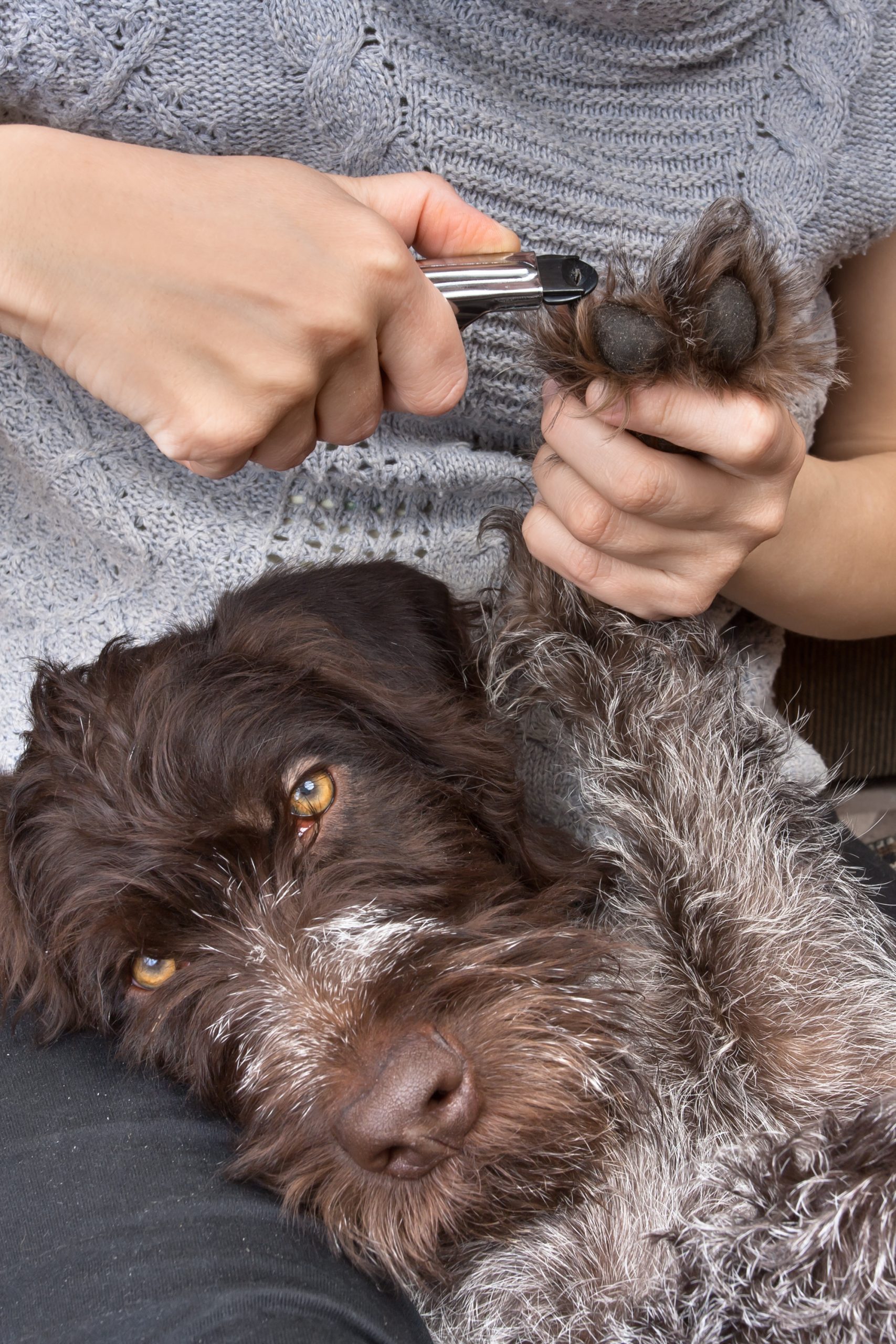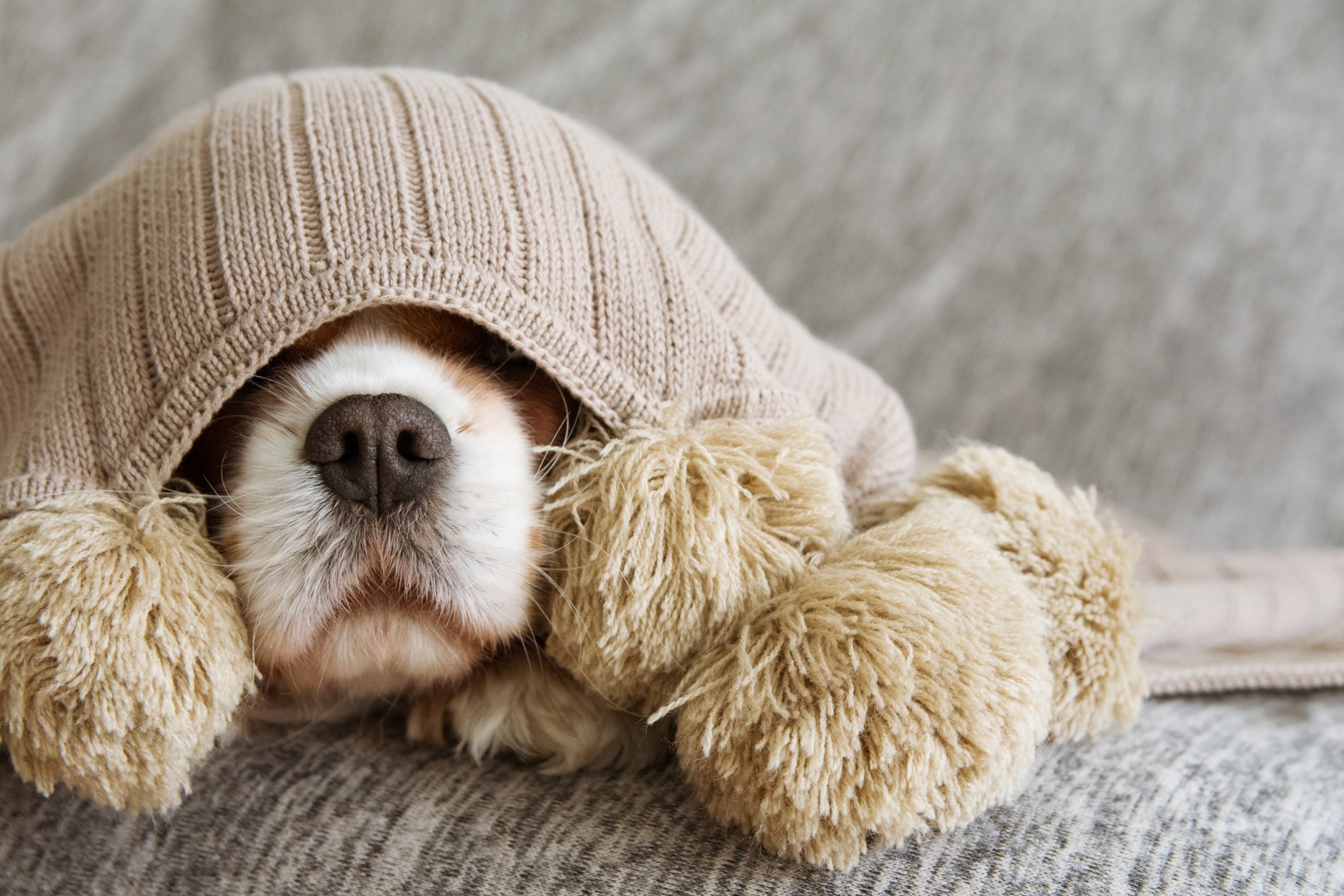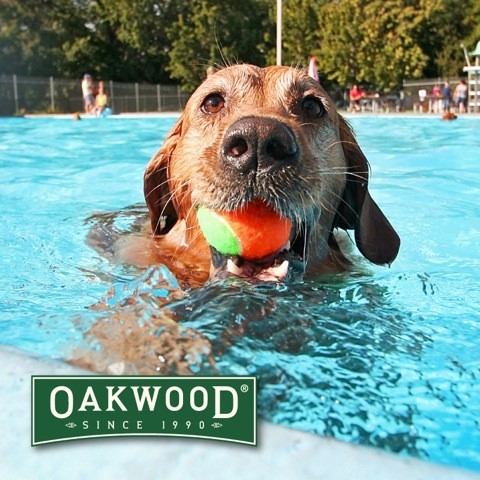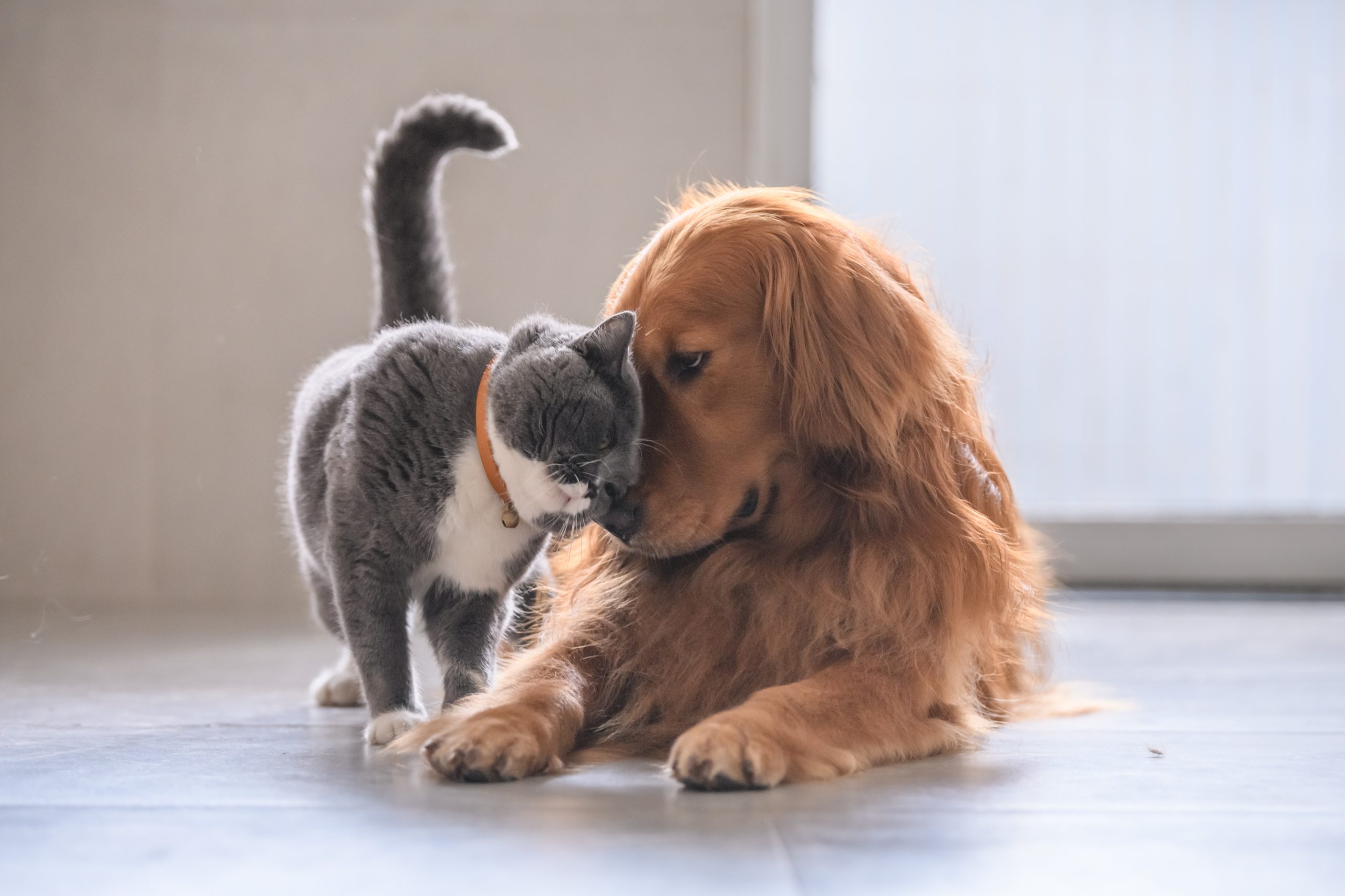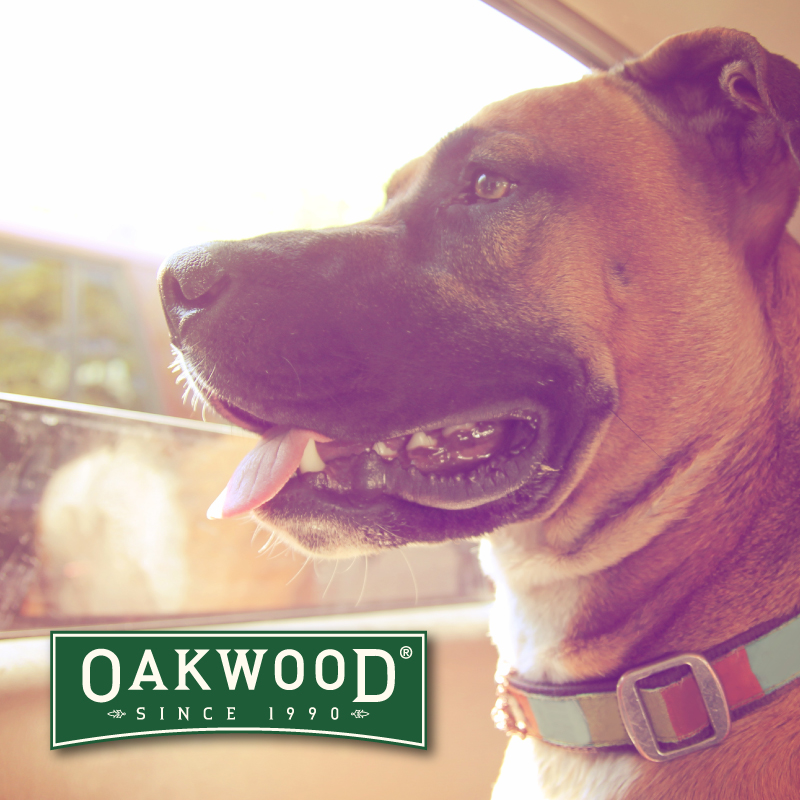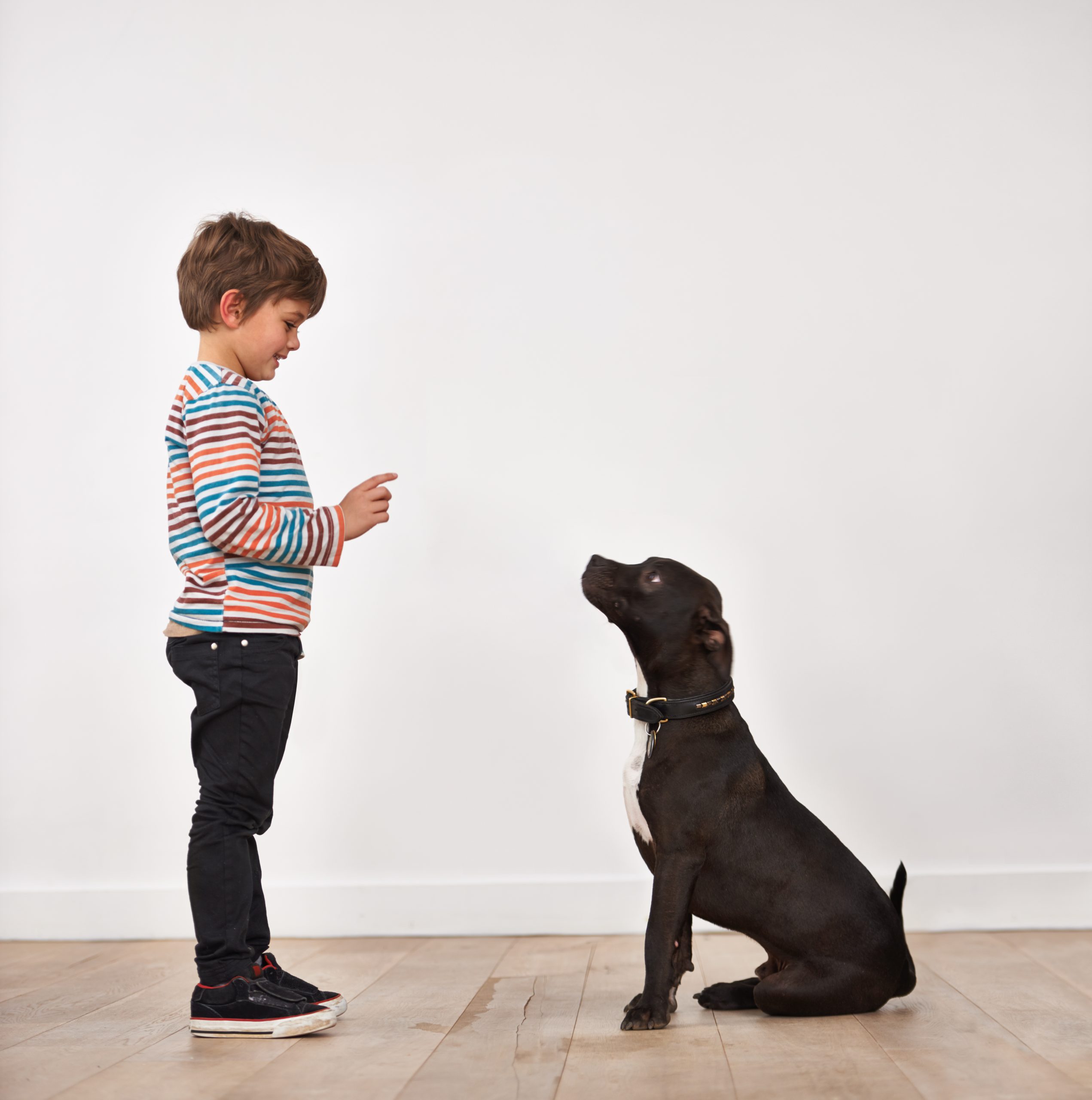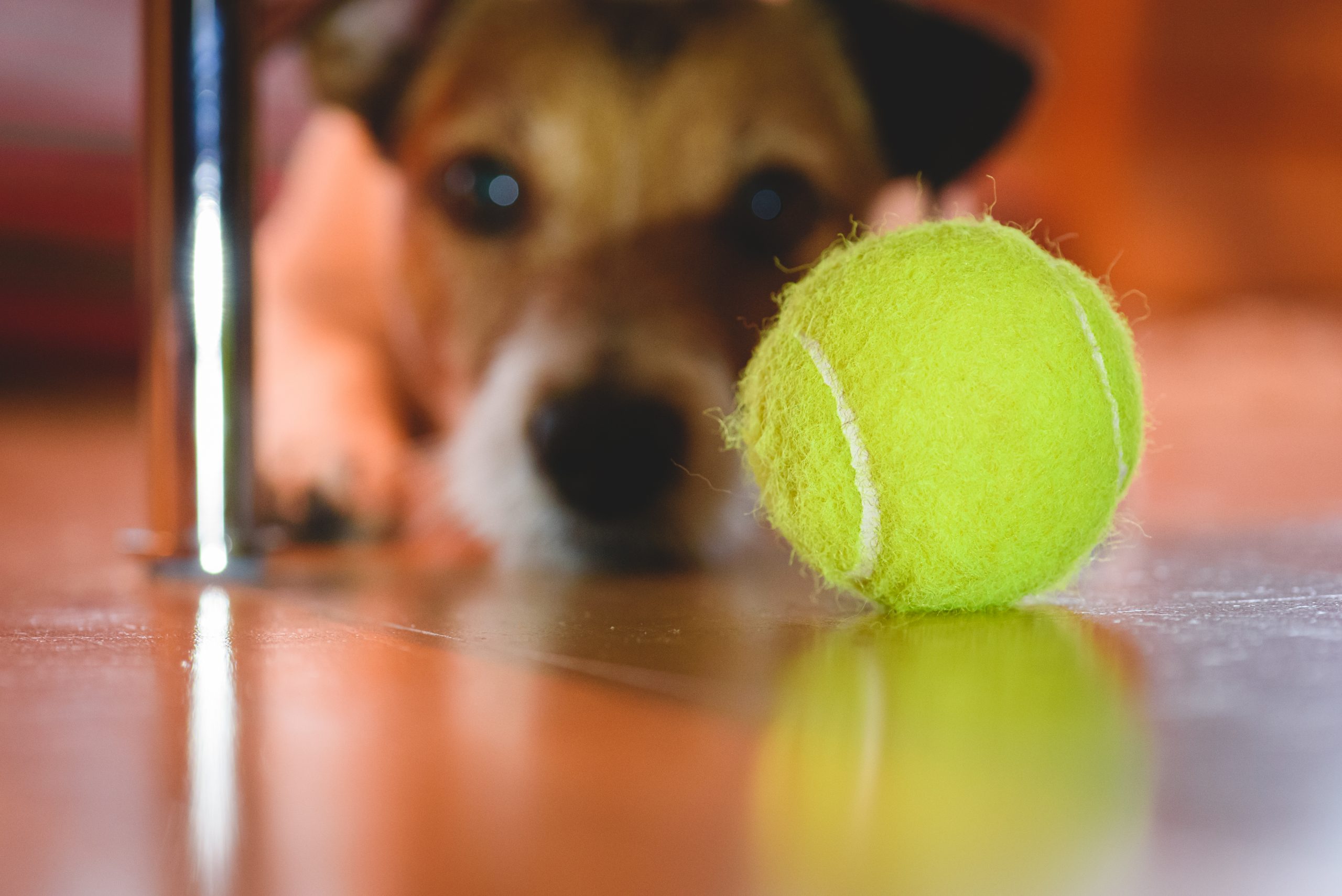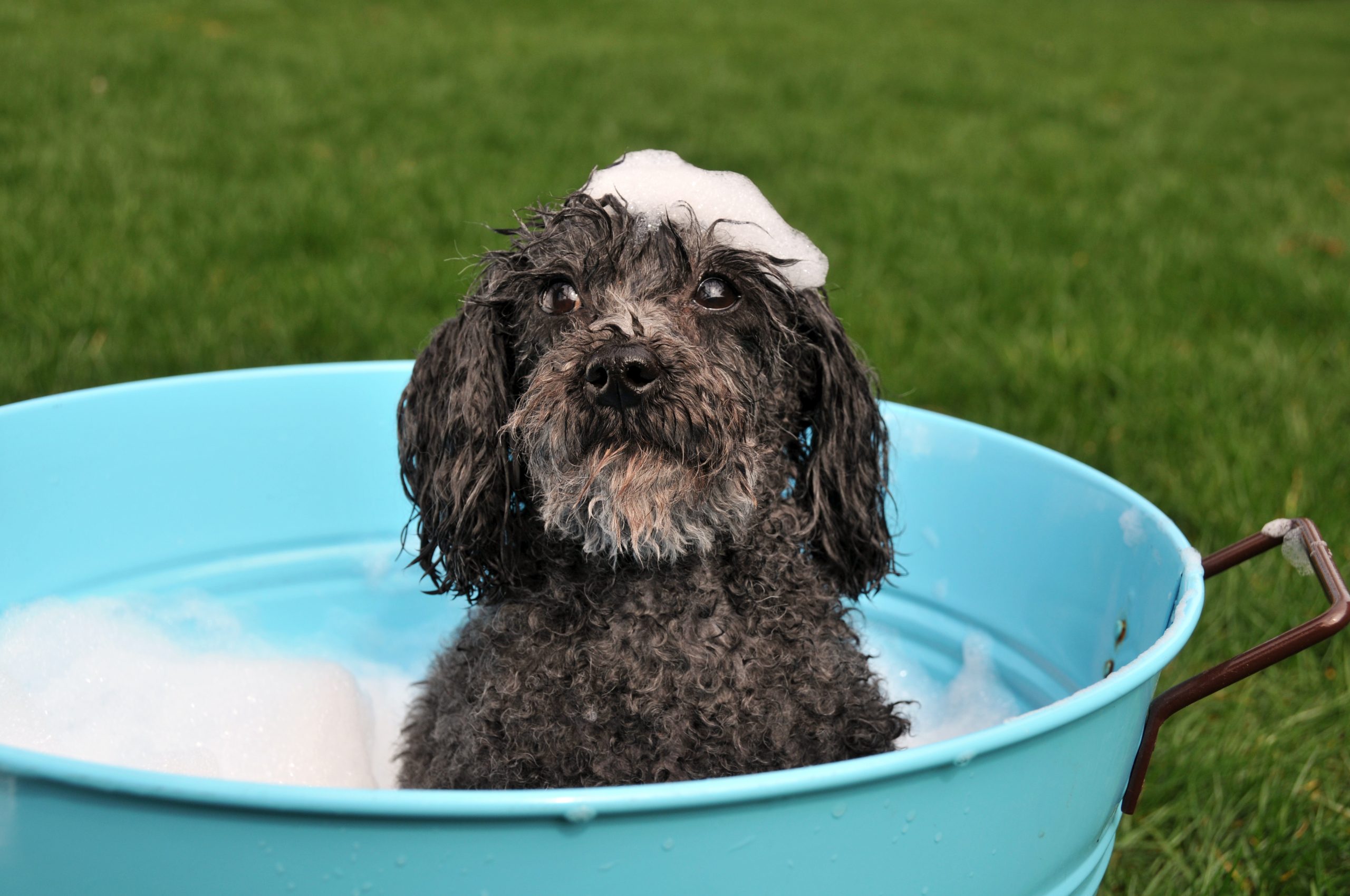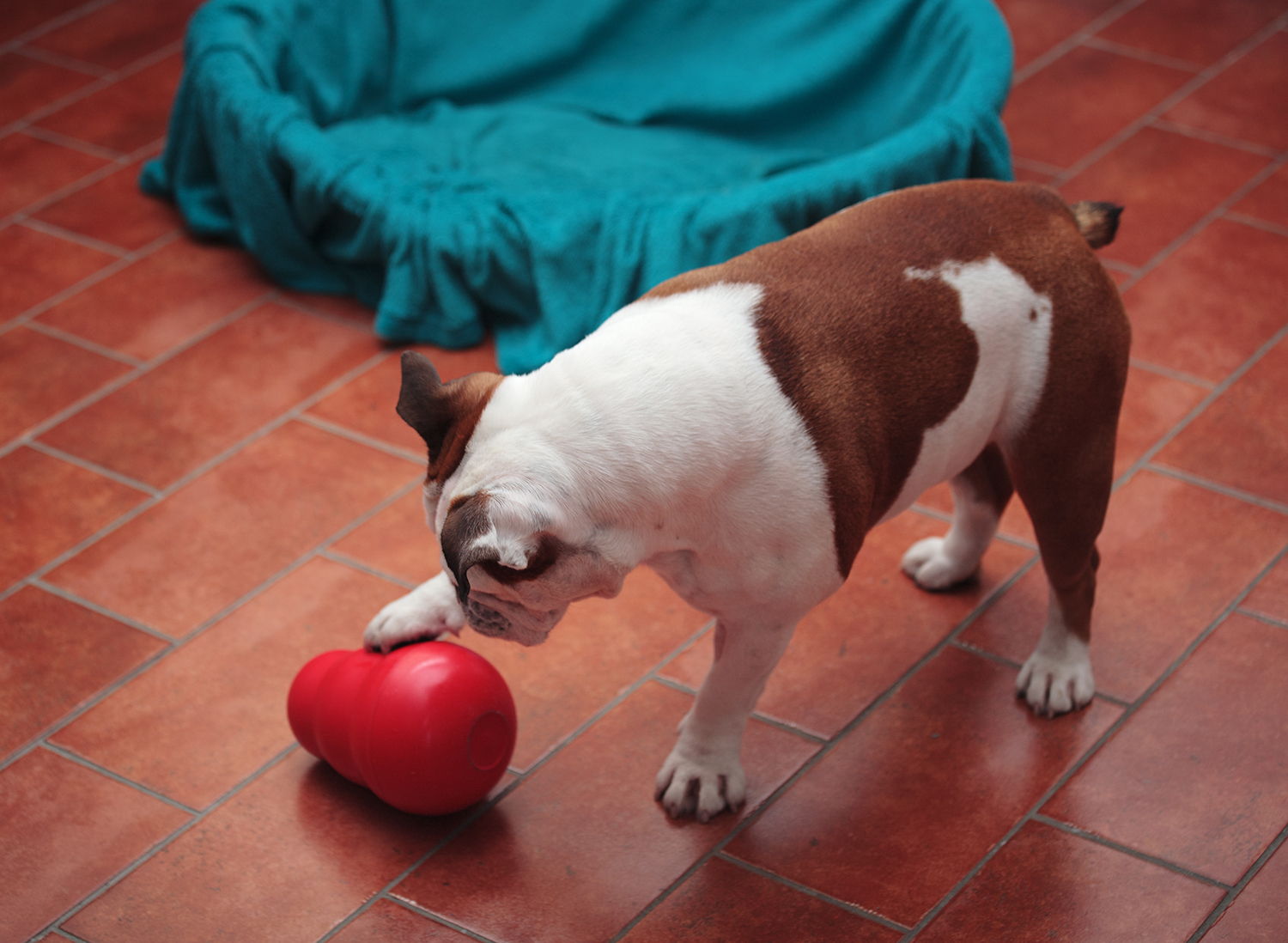
There are many causes for chewing problems in dogs, some of the most common include –
Puppies – They’re inquisitive and will dig, eat and chew just about everything they can find including shoes, mats, hoses, brooms, pot plants and garbage. Chewing helps puppies explore their world and can also help to relieve the pain associated with teething. Chewing behaviour usually reduces significantly by 12 months of age. Until your puppy has learned what they can and can’t chew, it’s your responsibility to manage the situation, so your pup doesn’t have the opportunity to chew on things they shouldn’t.
Boredom –Dogs can become bored when they don’t receive adequate mental and physical stimulation and this can result in destructive behaviours like chewing.
Anxiety – If your dog is chewing when they’re left home alone and the chewing is directed towards barriers such as doors, your pet may be suffering from separation anxiety. To stop the chewing you’ll need to address the underlying anxious behaviour. If the problem is severe you may need help from a veterinarian or qualified behavioural trainer.
There are plenty of strategies to help combat problem chewing. Following are some useful tips –
Teach your dog what can and can’t be chewed – Only give your dog toys that are clearly distinguishable from household items. You shouldn’t give your dog shoes and socks to play with as toys and then expect them to be able to distinguish between your shoes and theirs. You also have to take responsibility for your own belongings. If you don’t want your dog to chew something, then don’t leave it lying around. If your dog has chewed your favourite shoes, it’s probably because they were available – put things away or safely out of reach.
Dog proof your home – Temporarily remove anything that your puppy or dog might chew such as plants, electrical cables and rugs.
Confine your dog – Don’t give your dog the full run of the house unsupervised until they can be trusted not to chew household items. Use a playpen or crate to secure young puppies. Close doors, use baby gates or fence off a section of the garden to keep your pet separate from tempting, chewable items.
Provide safe engaging toys on a rotating basis – Dogs enjoy playing with toys, especially interactive toys that dispense food rewards. Provide plenty of chew toys and change them regularly to maintain your dog’s interest. Don’t give your dog toys which can be easily torn apart or have squeakers in them that may be swallowed.
Exercise and mental stimulation – Plenty of training will help to keep your dog stimulated and plenty of exercise will help to physically tire them. Well trained dogs are generally more engaged and better behaved. Tired dogs are quieter and less likely to get up to mischief.
Companionship – All dogs benefit from companionship, both animal and human. Spend as much time as you can with your dog. Maximise the time you spend with your dog when you’re at home by having them in the house with you. If your dog spends a lot of time home alone arrange for a friend or dog walker to visit and/or take the dog for a walk.
You don’t have to put up with your dog chewing your possessions. Once you understand why your dog is chewing, you can then manage them to prevent chewing disasters. With some diligence and planning you can direct your dog’s chewing to appropriate items and away from things you value.


